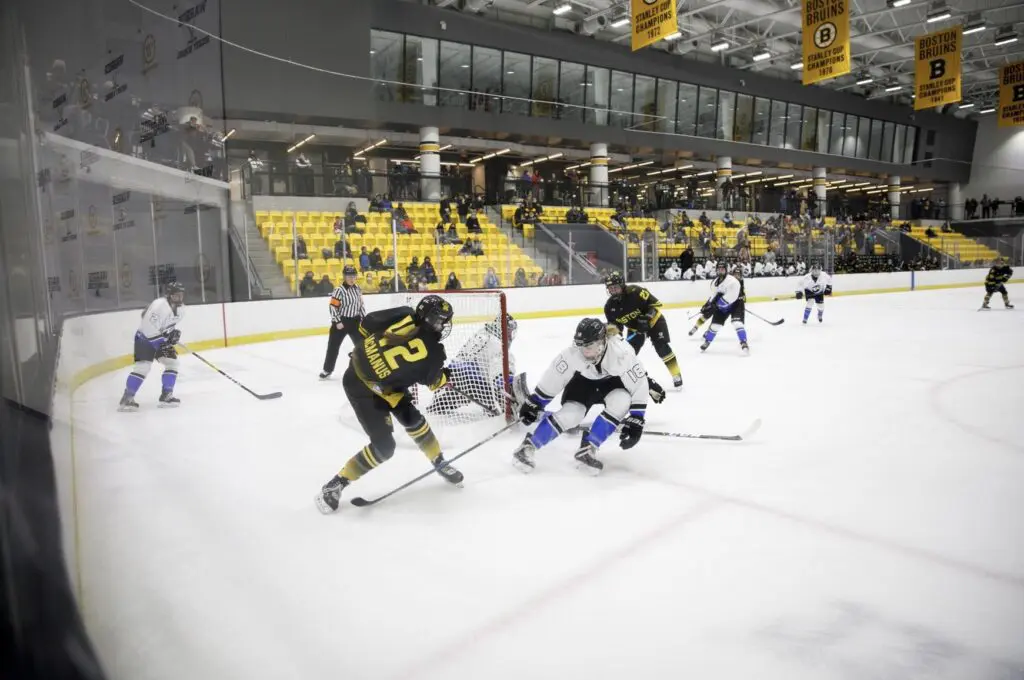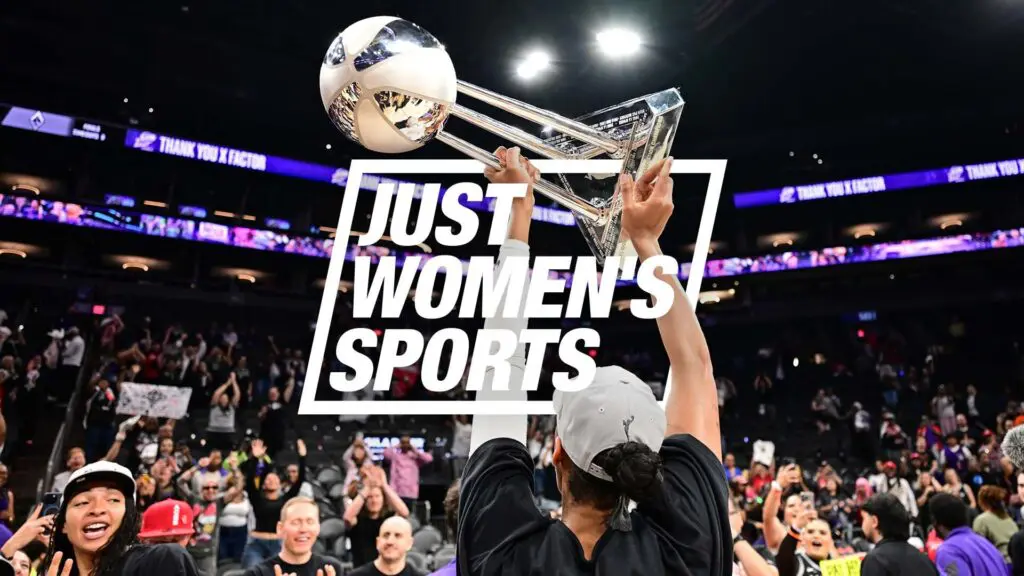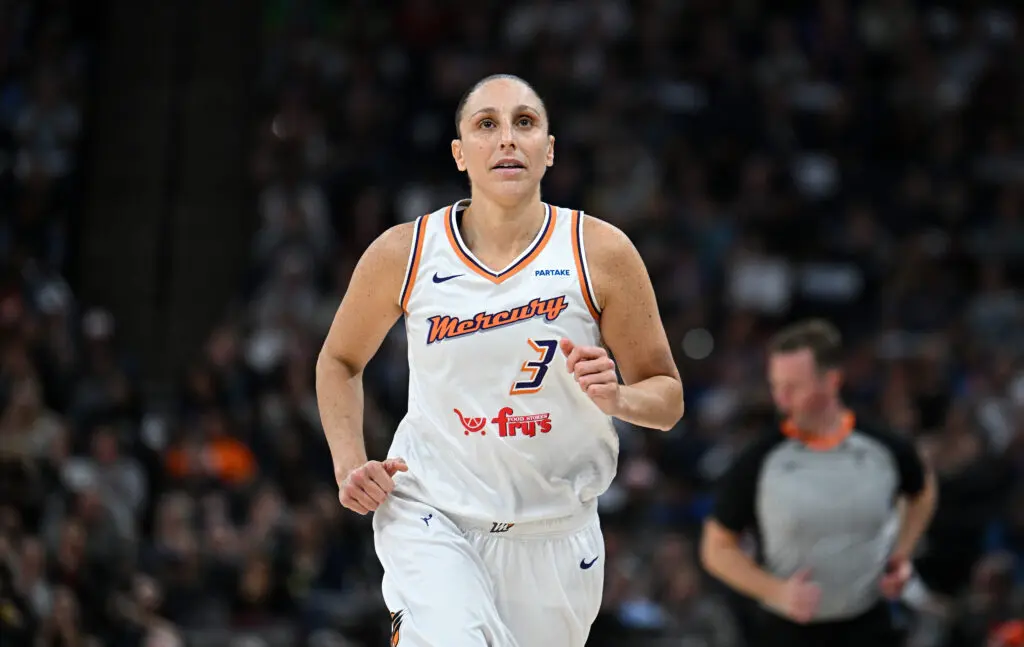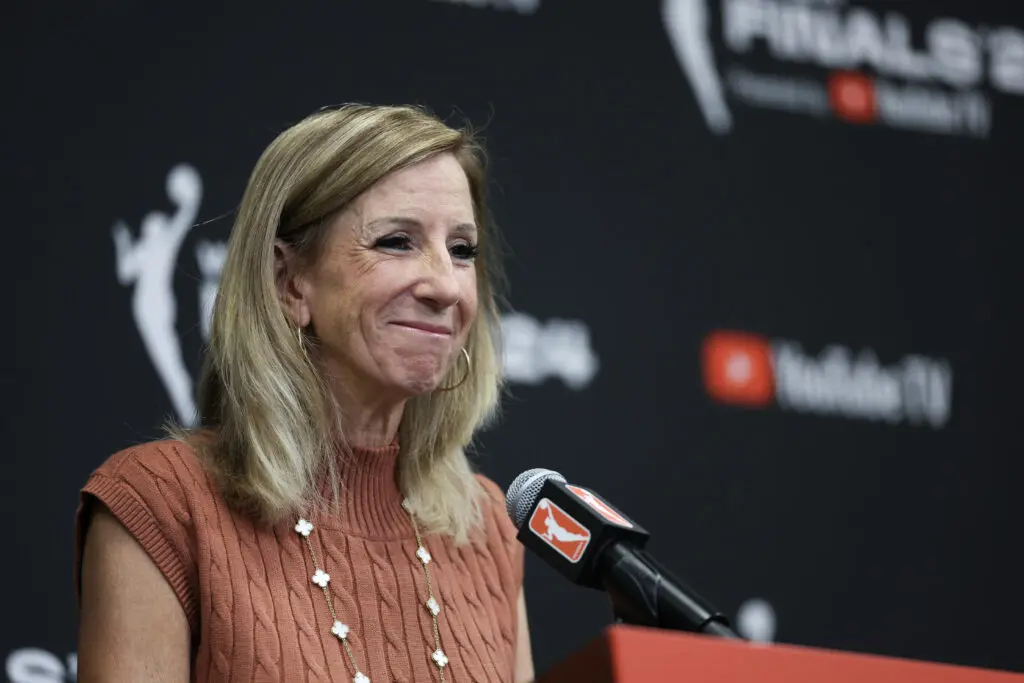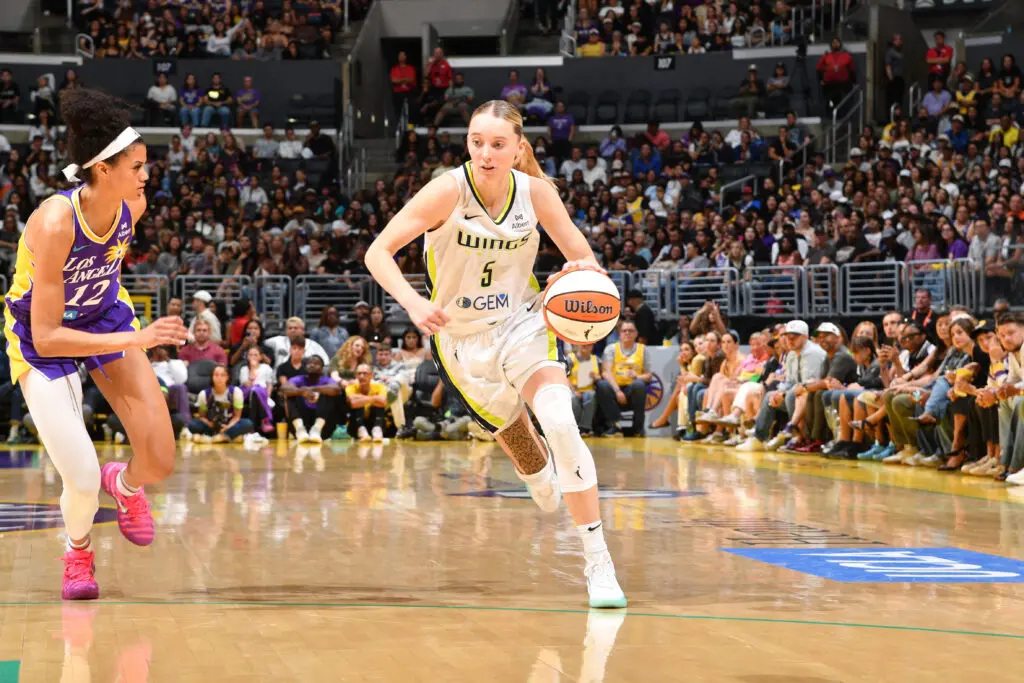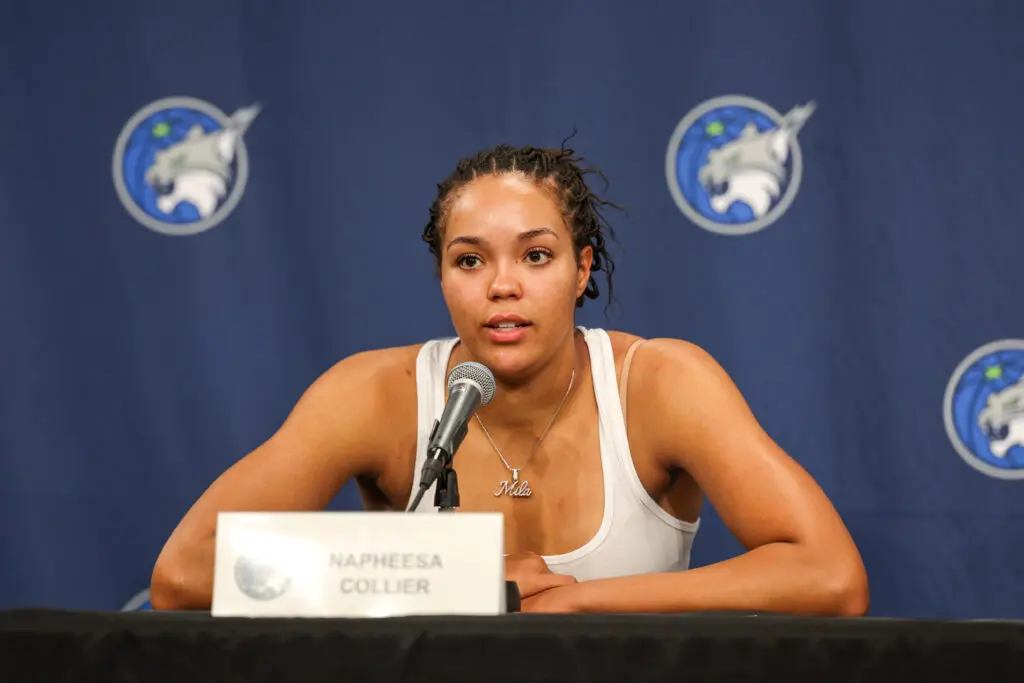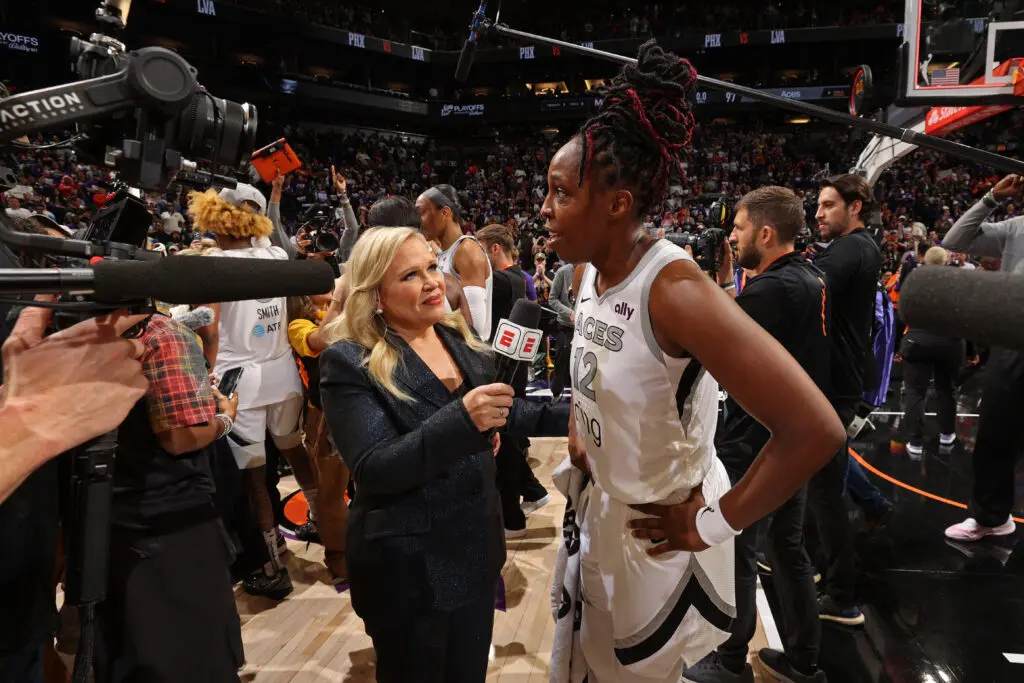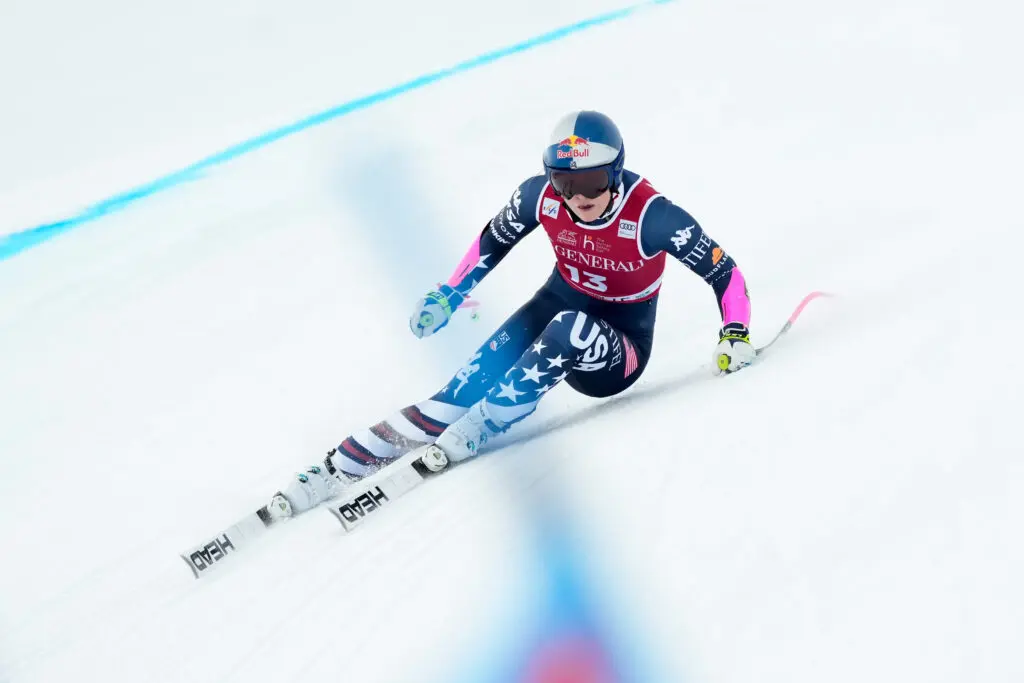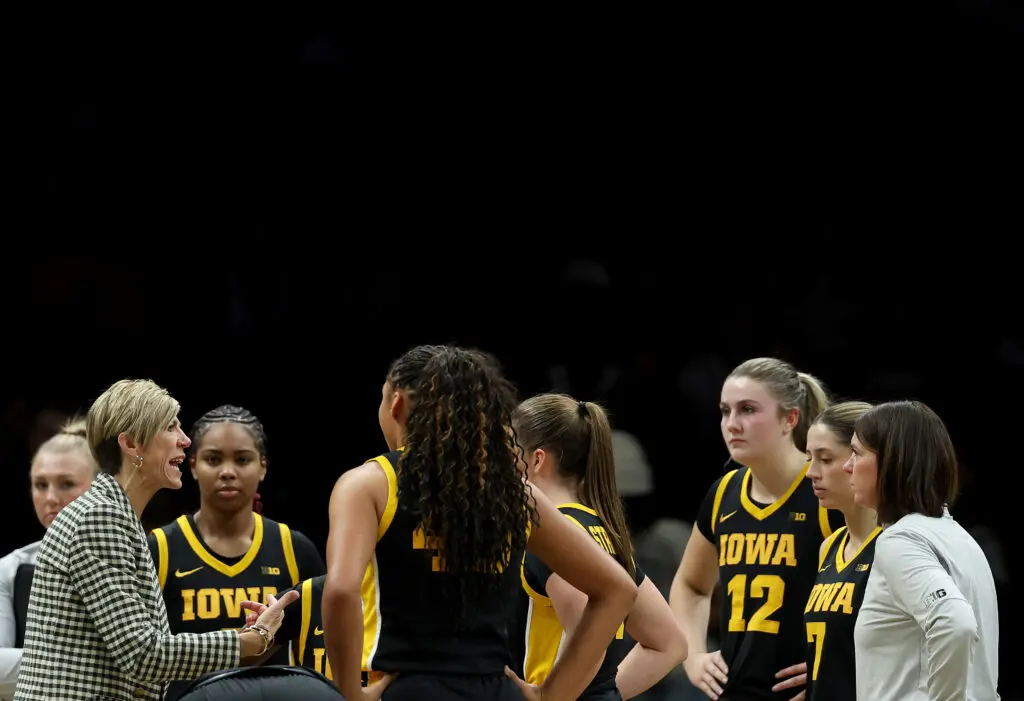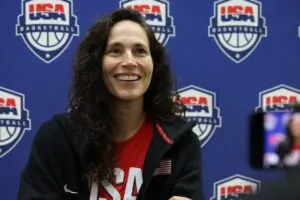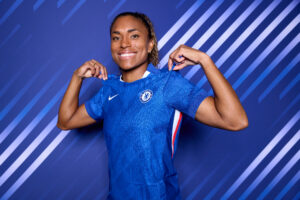The rivalry in women’s hockey between the U.S. and Canada, our maple-tapping neighbors to the north, is as intense as ever heading into the Beijing Olympics. The two nations have dominated the sport on the world stage since the International Ice Hockey Federation first started holding a women’s world championship in 1990 and the IOC followed suit in 1998 by adding the sport to the Olympic line up.
Since then, the U.S. and Canada have faced each other in the gold medal game of every single World Championship and Olympic games but two (Sweden knocked the U.S. out in semis at the 2006 Olympics and Finland did the same to Canada at Worlds in 2019). Of all the great rivalries in recent sports history, perhaps none have been as consistent and relentless as this one. For these two teams, after every huge victory and every heart-breaking defeat, they awake the next day knowing their nemesis is still out there, coming for them again with everything they have.
At the PyeongChang 2018 Winter games, the U.S. finally won their second Olympic gold, ending Canada’s run of four consecutive Olympic golds. It came one year after the U.S. women threatened to boycott the IIFH World Championship in their fight for better pay and better treatment from USA Hockey. Proving their worth, the U.S. followed that victory up with a fifth consecutive World Championship in 2019.
But since resuming play after the cancellations of 2020, it appears momentum has shifted in favor of the north. At the World Championship this past August, Canada beat the U.S. both in the preliminary rounds and again in an overtime thriller, 3-2 for the title, winning their first Worlds title since 2012.
And in the latest installment of the saga, tensions boiled over as the final buzzer blew on a 3-2 Canadian victory in Game 2 of a nine-game pre-Olympic rivalry series between the two squads.
Canada wins Game 2 of the Rivalry Series and My Why Tour, 3-2!
— The Ice Garden (@TheIceGarden) October 26, 2021
Goals for Canada by Bach and Fillier (2) and by Barnes and Kessel for the US.
and of course the game ends in some super friendly handshakes pic.twitter.com/RgE4UQWkUZ
With Canada also winning Game 1 of the series a few days prior, and just a few months to prepare for what many are hoping will be a sixth Olympic gold showdown, it appears the U.S. has some work to do. The rivals face off again Nov. 21 and 23 in Ontario.
When not playing for their countries, most American and Canadian national team members, like USA stars Hilary Knight, Kendall Coyne Schofield, and Amanda Kessel, play for the Professional Women’s Hockey Players Association (PWHPA). The group was formed in 2019 (after the Canadian Women’s Hockey League went under) partly in protest to existing leagues, including the NWHL, which elite players said had failed to provide a truly professional option for the best women’s hockey players in the world.
Since its formation, the on-ice action of the PHWPA has been a series of annual showcase games between evenly divided teams, each with its own outside sponsor. Last season they moved to a “regional hub” structure, where each hub carries a 25-player pool from which they form each showcase roster, a baby step toward designating geographically-located teams. This season, the puck drops in Truro, Nova Scotia on November 12th for the first showcase with teams from Boston, Calgary, Montreal, and Toronto playing a two-day, best of four tourney.
This year, the PWHPA will also play in several All-Star games where hand-selected rosters (of mainly non-national teams players) will play against national teams prepping for the Olympics. In October, they played a series of closed-door scrimmages against Team USA and will take on Team Canada in Calgary on Dec. 9 and 11 before heading over to play Japan in a series of games Jan. 9-16.
Meanwhile, the Premier Hockey Federation (previously the National Women’s Hockey League) has recently kicked off its seventh season with a five-game opening weekend. The Boston Pride will be looking to defend their Isobel Cup title against the Minnesota Whitecaps, Buffalo Beauts, Metropolitan Riveters, Toronto Six, and Connecticut Whale. The PHF as a whole will be looking to move past a somewhat disastrous last season, in which a Covid outbreak burst the league’s rather porous hockey bubble and forced the league to suspend play.
It was an eventful offseason for the PHF since teams were last on the ice. Shortly after last season ended, the league announced that the salary cap would be doubled, bringing it to $300K per team. Earlier this fall, following tough discussions prompted by one team owner’s previous involvement with an anti-trans organization, the league announced the name change and re-branding from the National Women’s Hockey League to the Premier Hockey Federation.
According to the league press release announcing the change, “The PHF name was inspired by empowerment, gender equity, and inclusivity with respect to differences in the gender identity of current athletes, prospective players, and league stakeholders.”
And just last week, the league announced it signed a new deal giving ESPN+ exclusive broadcast rights for the 2021-2022 season. The streaming service will offer all 60 regular season games plus playoffs.
Even though most U.S. and Canadian national team members don’t play in the PHF, the abundance of hockey talent being produced in north America is clear. And the end goal of a high caliber, financially sustainable, pro league where players can be full-time professional athletes and make a decent living is the common goal.
No doubt the PWHPA is hoping for a strong U.S. and Canadian showing in Beijing to get the Olympic boost that can move their dream forward, as has been the pattern for other successful women’s pro sports leagues. What remains to be seen is if the PHF will benefit from the same boost, and what that will mean for the two organizations down the line. The PHF has said it wants to mend the gap. For the PWHPA, it remains an unbridgeable gulf.
Tessa Nichols is a contributing writer for Just Women’s Sports.
